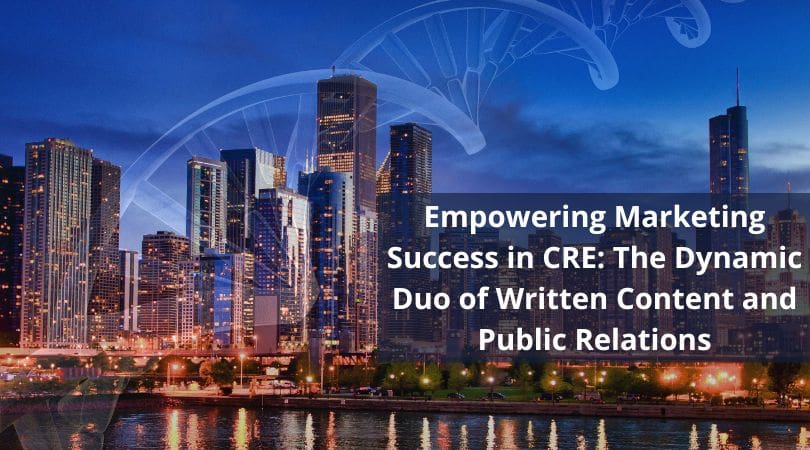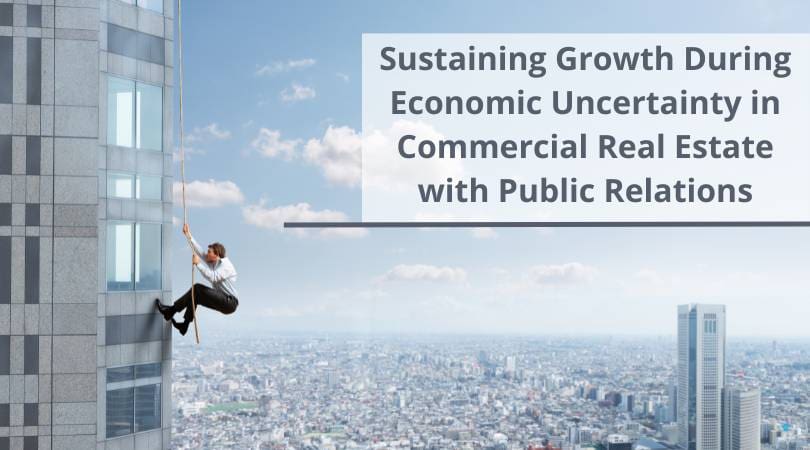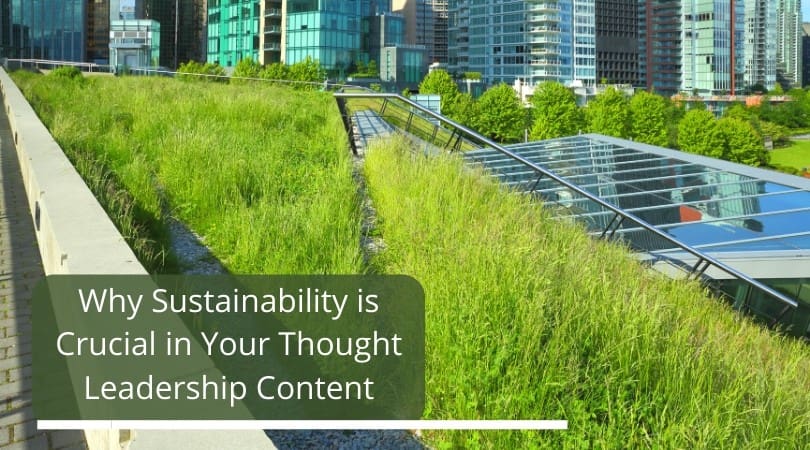In an environment where every commercial real estate firm is vying for attention, a distinctive brand message does more than communicate — it connects, resonates, and distinguishes your firm as a leader committed to values that matter. This strategic alignment with your target audience’s values, alongside broader societal and industry standards, elevates your firm from a ubiquitous competitor in the CRE industry to a visionary leader championing the causes and values important to your community.
Let’s embark on a journey to refine and articulate a brand message that defines your firm’s identity and forges deeper connections with your audience, laying the foundation for lasting impact and success.
Core values as your foundation
The foundation of a resonant brand message lies in your CRE firm’s core values. These are not just corporate buzzwords but the principles that guide every aspect of your business operations, from client interactions to project selections and community engagements. Identifying these values requires introspection and a commitment to authenticity, ensuring that what you project externally reflects your internal ethos. Engaging with professionals specializing in brand strategy can provide the necessary perspective and expertise to distill these values into a coherent and impactful narrative, ensuring your message resonates with your audience and inspires trust and loyalty.
Effective messaging pillars
Achieving message clarity
Clarity in your brand message avoids jargon and clearly articulates your firm’s mission, vision, and value proposition in terms that your audience can immediately grasp. This clarity is crucial in a complex industry like CRE, where the details matter, and the stakes are high. Professional communicators excel in distilling complex concepts into clear, impactful messages that capture the essence of your brand and make it accessible to all.
Ensuring consistent communication
Consistency is the thread that weaves through every aspect of your brand messaging, ensuring that it always reflects your firm’s core values and identity no matter where or how your message is encountered. Achieving this level of consistency requires a strategic approach to content creation and distribution, which professionals in brand management and PR are uniquely equipped to provide. They understand how to harmonize messaging across diverse platforms and touchpoints, from your website and social media to press releases and internal communications, reinforcing your brand identity at every opportunity.
Fostering emotional connections
Connection with your audience includes building brand recognition and forging an emotional bond that transforms passive observers into active participants and advocates for your firm. This level of connection is achieved through messages that speak to your audience’s hopes, needs, and aspirations, crafted with empathy and insight. Content creators and storytellers specialize in finding the human angle in every story, creating narratives that engage, inform, and inspire, drawing your audience closer with every word.
Standing out in the market
Differentiation in the crowded CRE market highlights your firm’s uniqueness while demonstrating the alignment of your values with those of your clients and the community. This differentiation encompasses both the services offered and your work’s significant impact on the world around you. Professionals in strategic communication and branding can help you identify and articulate these unique selling points, crafting a brand message that sets you apart not just for what you do, but for why you do it and who you are as a company.
Message crafting techniques
Audience identification and understanding
Identifying your audience is a critical step in crafting your brand message. This isn’t just about demographics but understanding the deeper needs, challenges, and aspirations of those you aim to serve. Professional marketers and strategists use a combination of market research, data analysis, and psychological insights to build a comprehensive profile of your target audience, ensuring that your message is seen and felt.
Utilizing storytelling in messaging
The storytelling approach leverages the innate human love for stories to make your brand message memorable and engaging. Compelling storytelling in CRE connects your firm’s values, projects, and successes to the larger narrative of community development, innovation, and sustainability. Professional storytellers and content creators are adept at weaving these threads into a compelling narrative that highlights your firm’s role in shaping the future of real estate and the communities it serves.
Integrating values into your brand
Incorporating ESG and CSR into your brand message is increasingly non-negotiable in today’s market, where clients and investors demand transparency and commitment to sustainable, ethical practices. Articulating how your firm’s operations and projects contribute to environmental sustainability, social responsibility, and ethical governance can be complex. Professionals skilled in ESG and CSR communications can help you navigate this landscape, ensuring that your commitments in these areas are not just known but understood and appreciated, reinforcing your firm’s reputation as a responsible and forward-thinking leader in CRE.
Brand message communication strategies
Optimizing your digital footprint
Digital presence is a dynamic platform for storytelling, engagement, and brand building. In the digital realm, your website, social media profiles, and online content are the primary touchpoints for your audience’s interaction with your brand. Digital strategists and content experts specialize in optimizing these platforms to ensure that your brand message is consistent, clear, engaging, and interactive, providing a seamless user experience that enhances your brand’s appeal and reach.
Leveraging PR and media for amplification
PR and media strategies are essential for amplifying your brand message beyond your immediate network, bringing your narrative to a broader audience through targeted media placements, press releases, and public appearances. Navigating the media landscape requires a nuanced understanding of the channels and formats that best carry your message to the audiences you wish to reach. PR professionals bring a strategic eye to this process, identifying opportunities for visibility and engagement that align with your brand values and messaging goals, ensuring that your voice is heard loud and clear in the conversations that matter.
Aligning your team with your brand
Internal alignment is the final, critical piece of the puzzle, ensuring every team member, from leadership to frontline staff, understands and embodies your brand message in their daily work and interactions. This internal cohesion is vital for delivering a consistent and authentic brand experience to every client and stakeholder. Professionals in internal communications and organizational development can provide the tools and training necessary to embed your brand values and messaging into the fabric of your corporate culture, turning your entire team into brand ambassadors.
Evaluating your brand message’s impact
The objective test of a brand message lies in its impact — on your audience’s perceptions, your firm’s reputation, and your bottom line. Measuring this influence requires a strategic data collection and analysis approach, tracking engagement, sentiment, and behavior across multiple channels and touchpoints. Marketing analytics and brand strategy professionals are skilled in interpreting this data, providing actionable insights that can refine and strengthen your brand message over time, ensuring it continues to resonate and inspire.
Elevating your brand narrative
Crafting a brand message that resonates is a complex but rewarding challenge, requiring a deep understanding of your firm’s values, your audience’s needs, and the broader societal context in which you operate. In the competitive and shifting landscape of commercial real estate, the strategic advantage gained by partnering with professionals in PR, content creation, and thought leadership is the key to not just communicating your brand message but living it — building lasting connections, inspiring action, and achieving success on a foundation of shared values and vision.
As you look to the future, consider the depth of impact that professional expertise can bring to your brand narrative, elevating your firm to new heights of influence and achievement in the commercial real estate community.








 Creative Real Estate Copy
Creative Real Estate Copy